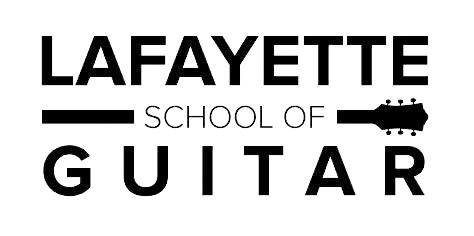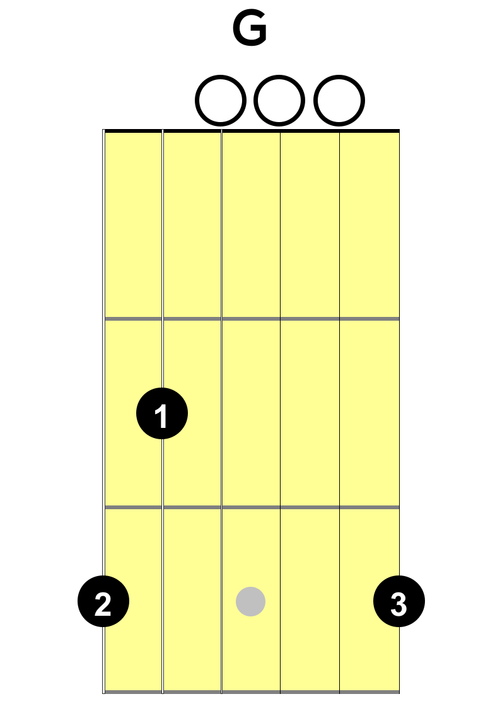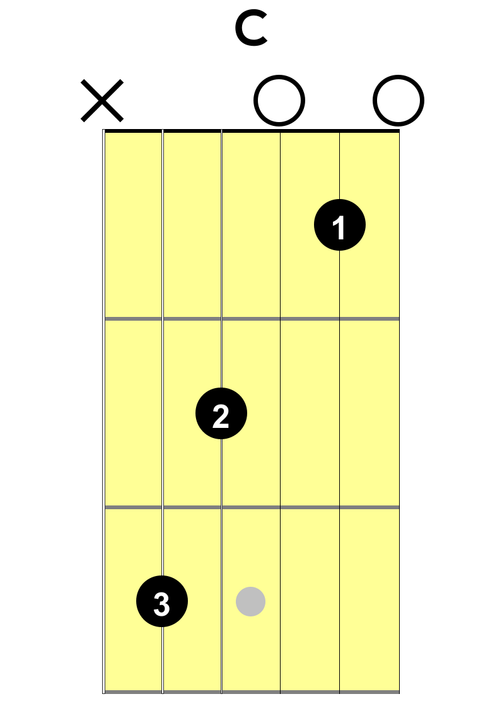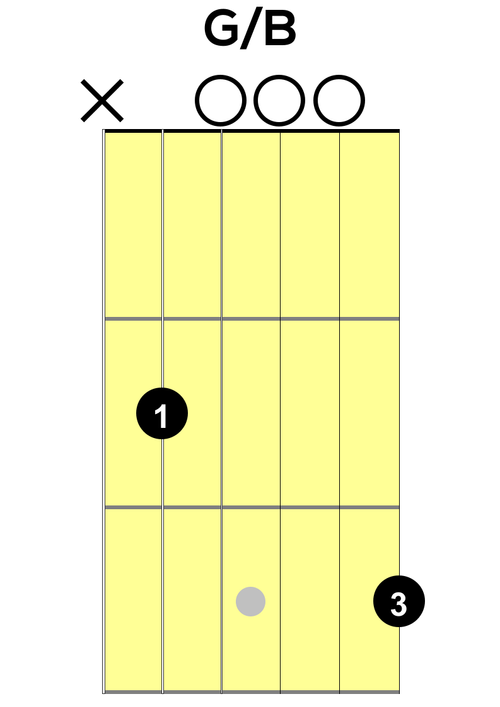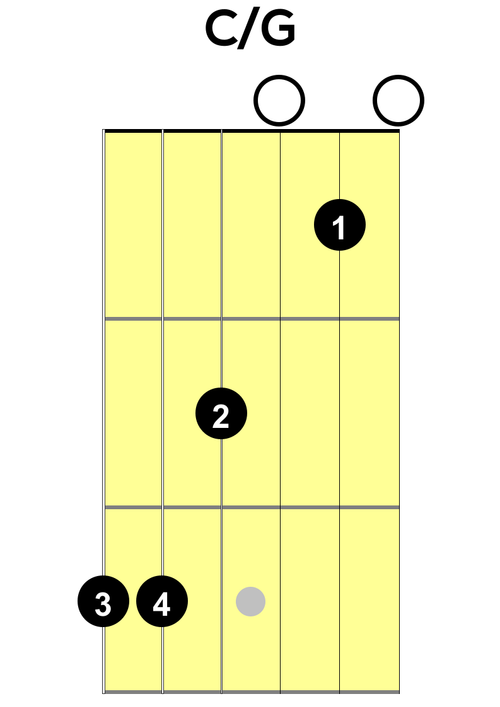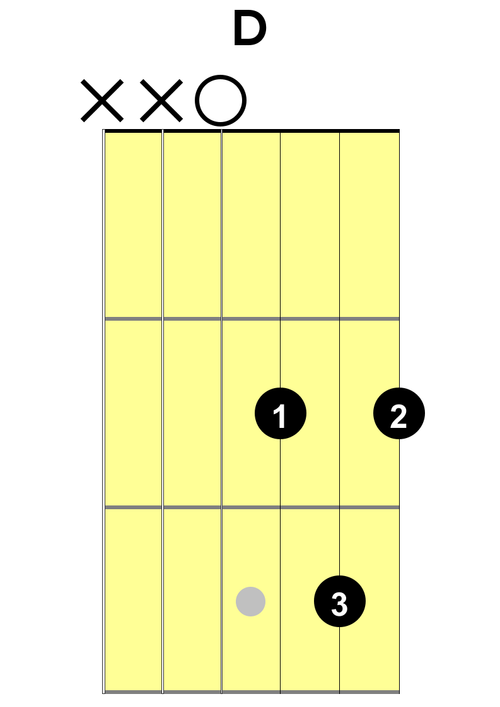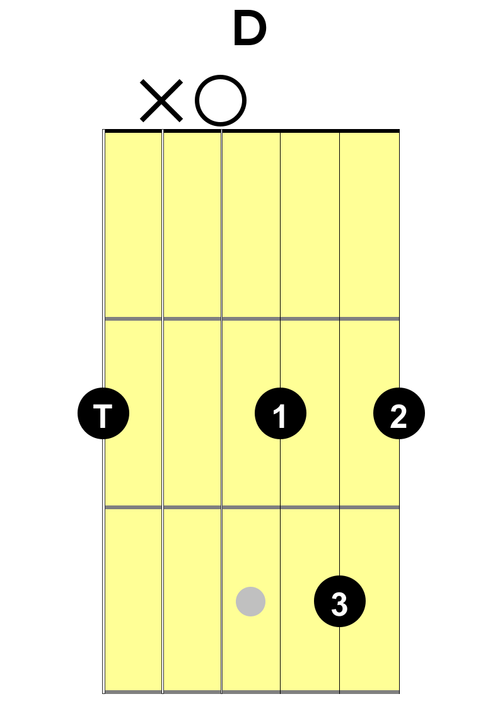Overcoming A Common Issue Many Players Have With A Certain Type Of Chord
By Joshua LeBlanc
Since you’ve finished with the eBook (and if you haven’t read that yet, you can click here to download it), here’s another tip to help you out with analyzing and working through songs you’re working on much faster.
“Slash” Chords
Have you ever seen a chord in a song that looks like “G/B” or “C/G” or “D/F#” and thought I have no idea what that means?
If so, you’re not alone, these are commonly referred to as “slash” chords. These types of chords can typically be seen as a chord inversion (where the root of the chord isn’t the lowest note being played in that chord voicing) but sometimes we will use notes that aren’t part of the original chord.
When you’re reading these examples, the main thing to remember is that the chord that you’re playing will be on the left side of the slash and that the note that you want as the lowest note (or the bass note) will be on the right side of the slash.
So let’s breakdown these examples real quick.
With the G/B, all this tells us is that we are playing a G major chord and that the lowest note of this chord is a B note. In the diagrams below I put a G major chord on the left and the G/B on the right. Notice how the only difference is that we are just omitting the note on the low E string.
Before reading on, see if you can figure out how to play C/G and D/F# on your own.
Did you try that?
So with C/G we just have to add a G note to the chord. The most typical way to do this is to shift your third finger over to the low E string to play the G note and to use your fourth finger on the C note on the A string.
Playing the D/F# can be a little tricky. The first thing we need to do is know where the notes are. In this case we will just play a D major chord as normal but now we need to play an F# note on the low E string. To do this there are two ways. The first way is to play the note on the low E string with your first finger and use your other three fingers to play the D chord. This one may not be the most feasible depending on what you are playing so instead you can play the D chord as normal and use your thumb to reach the note on the low E string.
How To Use Slash Chords
There’s two common ways on how we use slash chords. The first would be as a transition. Many times we will see a chord progression such as G, D/F#, then Em. If we examine the tablature, we will see that there is a descending scale fragment happening on the low E string.
The other way that we will typically see slash chords, is with a moving bass idea. Here we can see that the chords are G, G/C, G/B, and then G/F. Part of the reason for this is to create a sound of a moving bass in our playing while we are playing a melody using the other strings.
If you are enjoying this information, then you will enjoy lessons here at Lafayette School of Guitar. If you click the link below, you will be able to get more information about the school and be able to fill out a short form in order to speak with me about if lessons here would be right for you.
